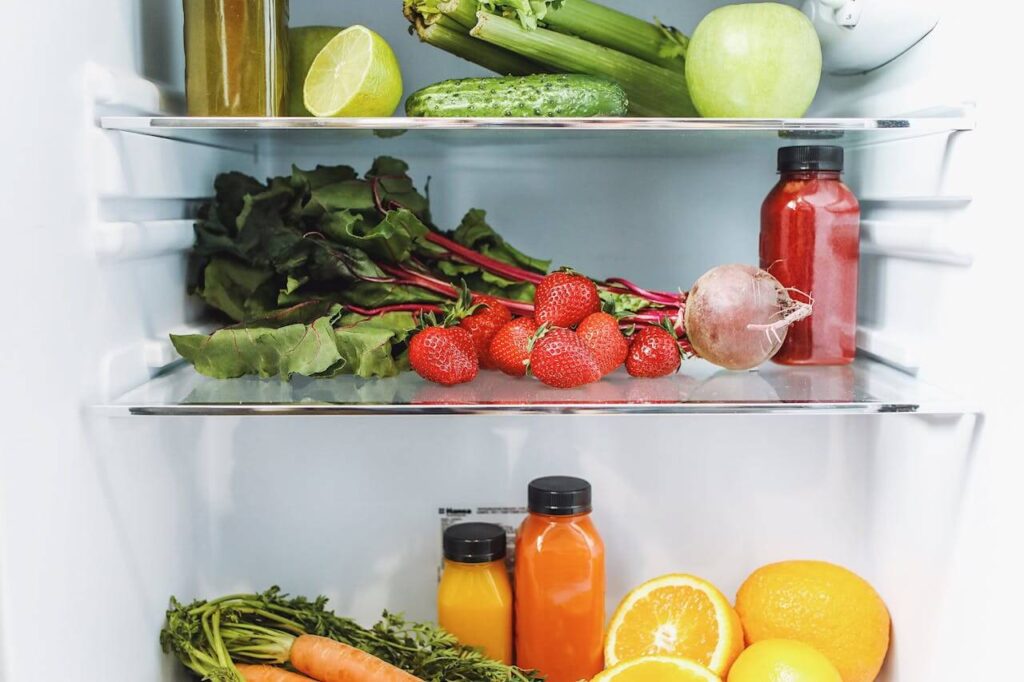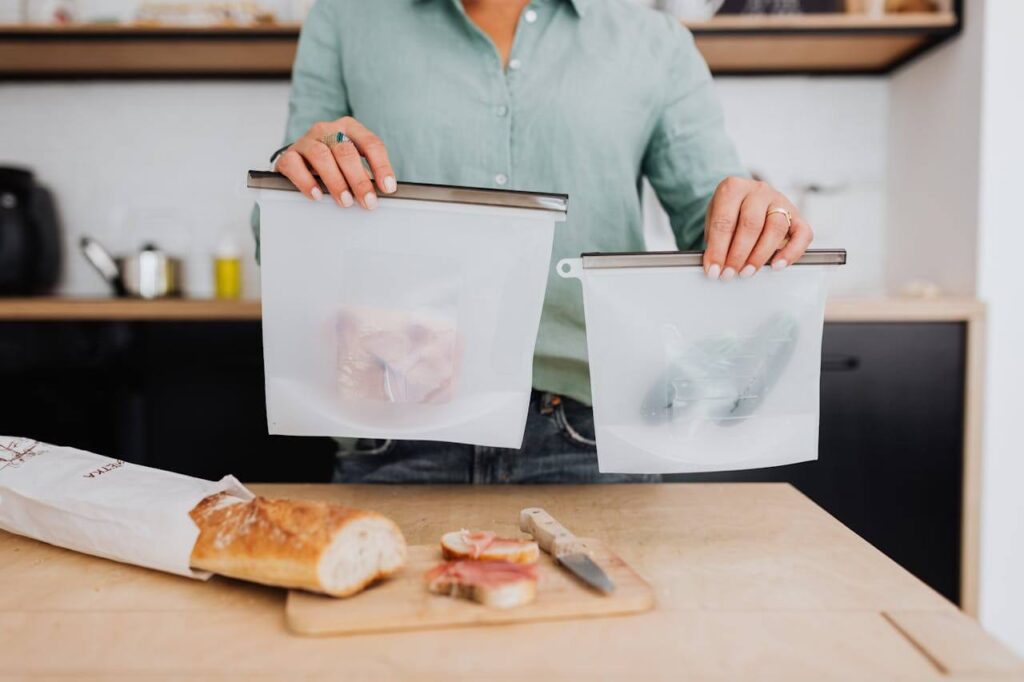
Your refrigerator is more than a cold storage unit—it’s a delicate ecosystem where food chemistry plays out daily. Understanding the intricate interactions between different ingredients can transform the way you preserve groceries, minimize waste, and protect your family’s health.
The Compatibility Conundrum: Preventing Premature Spoilage
Reactive Produce: Nature’s Ripening Accelerators
Some foods are chemical troublemakers, releasing invisible agents that speed up decay. Beware of these rapid-aging culprits:
- Ethylene Generators:
- Apples, pears, and bananas act like silent spoilage agents
- They emit powerful gases that trigger accelerated aging in neighboring foods
- Isolate these fruits to protect more delicate produce
- Moisture Mavens:
- Onions are particularly destructive when stored near potatoes
- Their moisture and gas emissions trigger rapid potato deterioration
- Create strict separation zones in your refrigerator
- Sensitive Vegetables:
- Tomatoes can transform cucumbers into mushy, unappetizing remnants
- The ethylene effect turns crisp vegetables into sad, soggy shadows of themselves

Bacterial Battleground: Meat Management
Raw proteins are potential contamination champions. Your storage strategy must be military-precise:
- Containment Protocol:
- Seal meat in leak-proof containers
- Utilize the bottom refrigerator shelf as a quarantine zone
- Prevent cross-contamination by creating strict boundaries
The Cold Comfort Myth: Not Everything Belongs in the Fridge
Some ingredients revolt against refrigeration, losing their essence when chilled:
- Refrigeration Rebels:
- Bread becomes a dry, crumbly disappointment
- Honey transforms into an unspreadable crystalline mass
- Olive oil develops an unpleasant, waxy texture
- Coffee beans absorb surrounding odors, destroying their carefully crafted flavor profile
Refrigerator Pitfalls: Common Storage Blunders
The Subtle Art of Preservation
Avoid these frequent mistakes that compromise food quality:
- Space Management:
- Overcrowding disrupts air circulation
- Uneven cooling creates temperature inconsistencies
- Give your ingredients breathing room
- Container Consciousness:
- Open containers are flavor and moisture traps
- Always seal items to maintain integrity
- Prevent odor absorption and rapid dehydration
- Temperature Precision:
- Maintain a consistent 37-40°F (3-5°C) in the refrigerator
- Keep freezers at a steady 0°F (-18°C)
- Invest in a reliable thermometer for accuracy

Your Preservation Playbook: Strategic Food Storage
Transform your refrigerator from a potential wasteland into a carefully curated preservation chamber:
- Segregate ethylene-producing fruits
- Create dedicated zones for different food types
- Seal everything meticulously
- Monitor temperatures religiously
- Regularly audit your refrigerator’s contents
The Ultimate Goal: Waste Reduction and Freshness Maximization
By understanding the complex interactions between different foods, you’re not just storing groceries—you’re becoming a food preservation expert. Each strategic placement, each careful seal is a small victory against waste and a step towards more sustainable, economical home management.
Pro Tip: Think of your refrigerator as a carefully choreographed ecosystem where each ingredient plays a crucial role in maintaining overall harmony.
Latest Posts
How to Keep Your Garage Organized and Clutter-Free
Is your garage drowning in miscellaneous items? Many homeowners struggle as this...
2 Mins readHow to Clean and Store Winter Clothes Properly
Investing in quality winter garments means protecting your financial investment through proper...
2 Mins readHow to Store Clothes Properly to Keep Them Fresh and Wrinkle-Free
Ever discovered a cherished garment ruined by improper storage? Effective clothing preservation...
2 Mins readHow to Organize Your Closet Like a Pro
Does opening your closet fill you with dread? If rifling through packed...
2 Mins read











